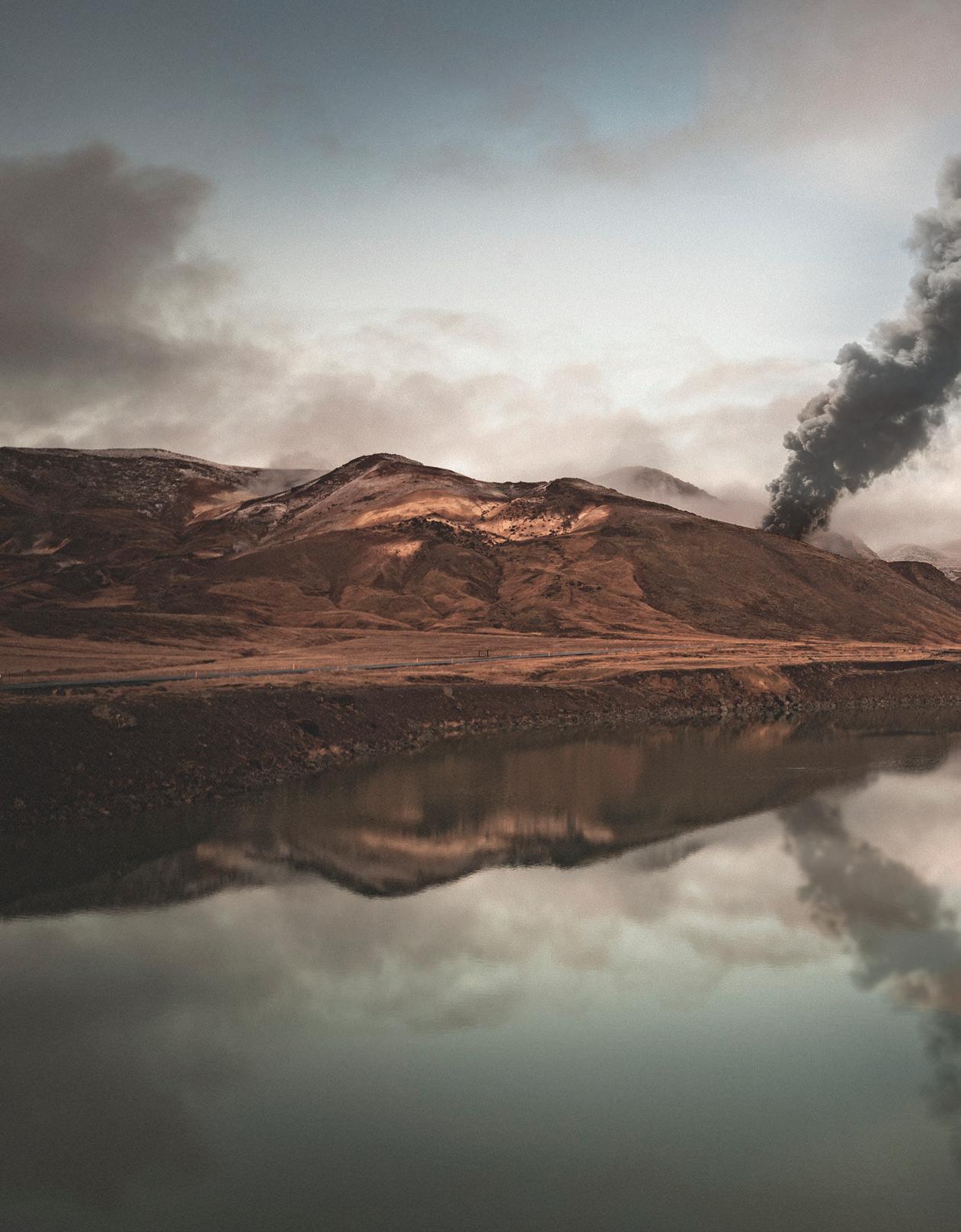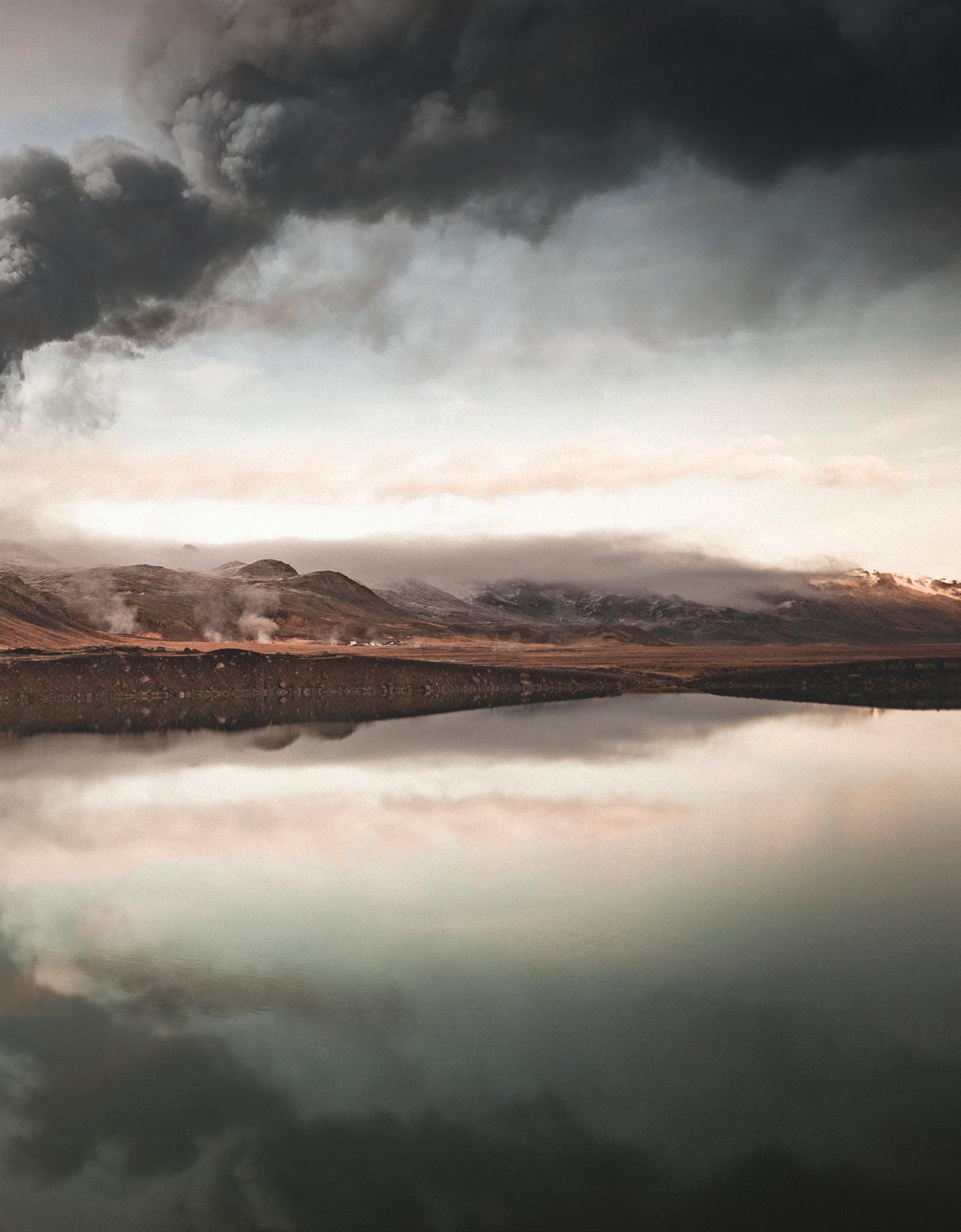
4 minute read
A CRASH IN THE ARCTIC
By Adam Steenburg
IT WAS 9:40 A.M. ON AUGUST 20, 2011 WHEN CANADIAN CARRIER FIRST AIR FLIGHT 6560 LEFT THE ARCTIC CITY OF YELLOWKNIFE, HEADED FOR RESOLUTE BAY, A HAMLET SOME 970 MILES NORTH. ON BOARD WERE 11 PASSENGERS, FOUR CREW MEMBERS AND FREIGHT. IT WAS AN UNEVENTFUL FLIGHT UNTIL THE BOEING 737-200 BEGAN ITS DESCENT INTO RESOLUTE BAY.
When Flight 6560 collided with the hillside, about a half-mile from the runway, it broke into three main sections. An intense post-crash fire consumed most of the center section. Both
pilots, two flight attendants and eight of the 11 passengers were killed on impact.
In an astonishing coincidence, Canadian Forces members were temporarily stationed at Resolute as part of the 2011 Operation Nanook military exercise to test their capabilities to respond to a catastrophic event. One of those rescuers recalled that day for CRACKYL readers.
“It was during a deployment to the Arctic – Resolute Bay in Nunavut Territory. We were there on an exercise as part of OpNanook. The exercise consisted of different agencies including the Canadian coast guard, air force, army, navy, Parks Canada, local governments and I believe even the Danish navy was involved.
The purpose of the deployment was to test our capabilities to respond to a catastrophic event – in this case, it was an air disaster.
“The Resolute Bay area is, by definition, an arctic desert landscape: very rocky, mountainous, and pretty dry during the summer months. We were there in August so we could take advantage of the 24hour daylight – in the winter months, the landscape changes completely and it would have been too dark to operate safely. Although the 24 hour daylight took its toll on some of the guys’ mental health, we carried on.
"There are civilian scientists who study northern issues such as climate change and
live in government-funded facilities in Nunavut. And there are local Inuit who live there…maybe 200 in this tiny village. Because they are separated from the mainland, they have to order their food supplies ahead of the winter and these are usually brought in by plane or boat. There is an airfield that was built back in WWII but later abandoned (in the 50’s I believe), so now the Department of National Defense uses it to fly aircraft in and out and civilian charters use it transport people to and from the mainland, and to bring in groceries, etc.
“The weather can turn on a dime! The sun is out at one moment, but ten minutes later, the fog rolls in off the ocean and you can’t see 100 feet in front of you. It’s crazy. But very cool at the same time.
“On the day of the crash, I’ll never forget the sirens. The air force fire department was there with us, and the sirens on their trucks were used as our warning system for an emergency in or around the camp. I was in my tent getting ready for the day when I heard those sirens and horns. Lots of horns.
“A bunch of us emerged from our tents and headed to our muster area to get our orders. You could see something was going on in the rock face about a mile east of the air field. There was a Griffon helicopter heading out that way along with some Canadian Rangers.

“SOMETHING WAS ON THAT ROCK FACE AND IT WAS SMOKING. AND YOU JUST KNEW: THIS IS BAD. JUST TALKING ABOUT IT, I STILL GET BUTTERFLIES.
“As we got closer, we could see that a civilian aircraft had slammed into the side of the rock face and debris was strewn across what looked like a few hundred feet.
“We didn’t know how many people had been on board, who they were, or what was on the plane – but it was our task to go and find out. We had to look for survivors. Before we even reached the crash site, word came down that this was a recovery mission.
“There had been 15 souls on that plane. One little girl survived and I know she was alive when we packaged her…. and an adult female who I believe died of her injuries later. To this day I don’t know what happened to that little girl.
“There was food in the cargo bay on board that plane so we needed to have 24-hour sentries to keep the polar bears away since, by law, only Rangers are authorized to put down a polar bear. Horribly, the bears were getting too close to the wreckage where the bodies were being kept in place for the investigation.










